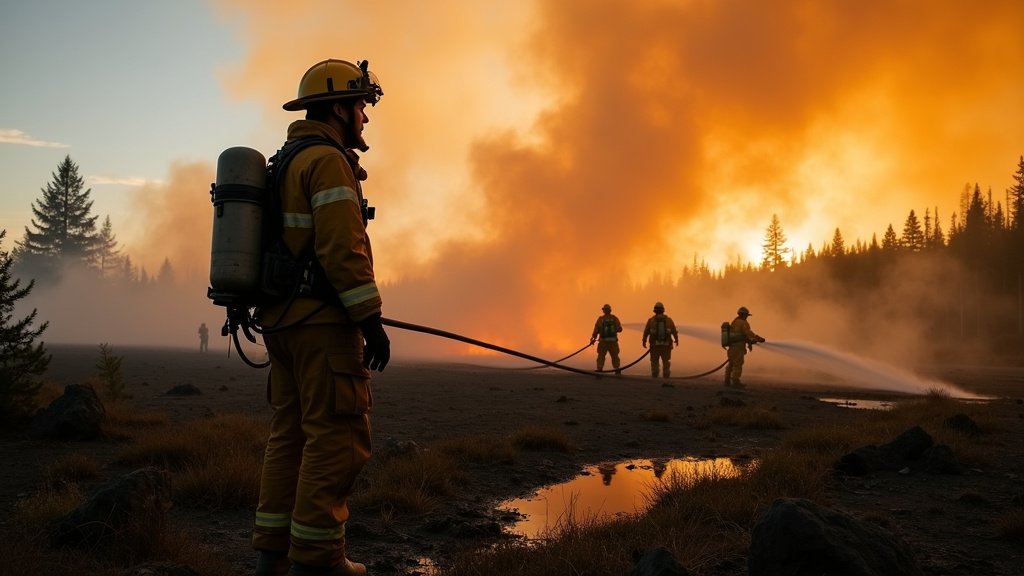Oregon Concludes Milder 2025 Fire Season: Aggressive Tactics Limit Burned Acreage Despite Increased Ignitions
Oregon officially closed its 2025 wildfire season on October 17th, concluding a period characterized by a significant paradox: more individual fires ignited than in the preceding decade, yet the total acreage burned saw a dramatic decrease. This outcome, hailed as a major success by state officials, offers a stark contrast to the devastating wildfire seasons of recent years, especially 2024. The Oregon Department of Forestry (ODF) and Governor Tina Kotek largely credit aggressive initial attack strategies, dedicated firefighting personnel, and favorable weather conditions for this improved result.
A Remarkable Turnaround from 2024’s Devastation
The 2025 fire season concluded with an estimated 2,569 wildfires across the state, burning approximately 288,774 acres as of October 16th. This figure represents a substantial improvement from the 2024 season, which witnessed an alarming 1.8 million acres consumed and resulted in a record 17 declared conflagrations. The severity of recent fire seasons has prompted proactive measures, leading Governor Kotek to invoke the Emergency Conflagration Act eight times in 2025. This act empowers the state fire marshal to mobilize resources beyond local capacities when life, safety, and property are under threat.
Aggressive Initial Attack Strategy Proves Highly Effective
A cornerstone of Oregon’s success in limiting burned acreage in 2025 was its unwavering focus on aggressive initial attack strategies. This approach prioritizes swift and decisive action to extinguish fires while they remain small, preventing them from escalating into uncontrollable blazes. Michael Curran, ODF Fire Protection Division Chief, emphasized the efficacy of this method, noting that many fire starts this year went unnoticed by the public due to rapid suppression efforts. “In 2025, 94 percent of fires on ODF-protected lands were put out at 10 acres or fewer,” Curran stated, highlighting the strategy’s success. ODF spokeswoman Jessica Neujahr also pointed to the rapid response of agencies in tackling blazes early to prevent significant spread.
Multiple Factors Contributed to a Milder Season
While rapid response was paramount, a combination of factors contributed to the relatively mild outcome of the 2025 fire season. Early-year projections had suggested conditions mirroring the severe 2024 season, fueling widespread concern. However, the season benefited from the preparedness and motivation of firefighters, who were driven by lessons learned from previous years. Additionally, favorable weather conditions, including mid-season rains and cooler temperatures, played a significant role in suppressing fire activity, alongside an element of luck. Governor Kotek had declared a State of Emergency on July 16, 2025, acknowledging the critical fire danger posed by extreme temperatures.




